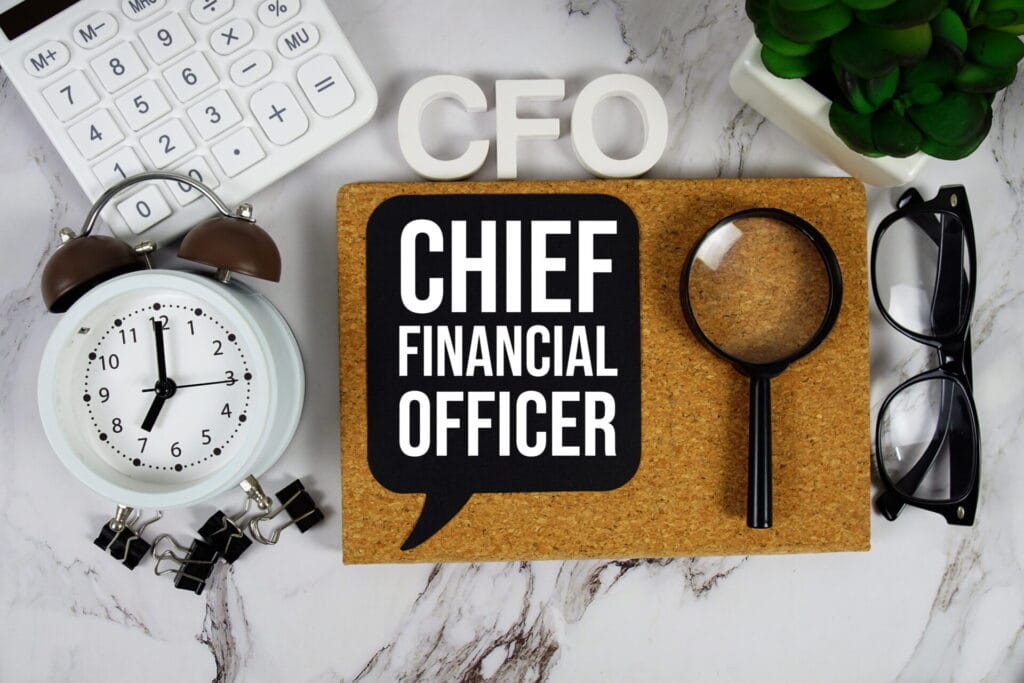Crowdfunding is often hailed as a golden goose for entrepreneurs and small business owners, just waiting to bring you into millions of dollars and internet stardom.
Ultimately, crowdfunding is one means of raising capital from individuals in an effort to fund a private endeavor. It is a business practice that has brought great success to countless entrepreneurs and businesses, and it is certainly worth considering for getting your startup or inspired idea off the ground.
Two Types of Crowdfunding
Crowdfunding can be divided into two main categories: reward and equity.
- Reward-based crowdfunding involves offering rewards to investors in exchange for funding. Reward is the traditional, well-known form of crowdfunding found on sites like Kickstarter, where investors receive exclusive access to a good or offering.
- Equity-based crowdfunding exchanges funds for shares in the company, in essence, turning the crowdfunding platform into a mini-IPO that is open to normal, unaccredited individuals.
In the U.S., crowdfunding was limited to reward-based platforms until 2012 when the JOBS Act was passed in an effort to stimulate entrepreneurial and small business growth. The bill was implemented in two stages, initially allowing crowdfunding opportunities for small businesses and entrepreneurs to come from accredited investors.
On January 29, 2016, the final stage of the JOBS Act was put into full effect, opening the door for unaccredited individuals to invest in private businesses through crowdfunding platforms approved by the SEC.
The two sides of the crowdfunding coin apply differently to each business. Not every idea or business model is suited for a crowdfunding platform, and those that are suited for a reward model might not succeed in an equity model.
Step 1: Start with a good idea
The most obvious step just happens to be the most difficult to execute. Great ideas can’t just be manufactured—they take time to be developed and worked out. Crowdfunding should not be rushed into and requires a unique idea or a strong business plan that you are confident will appeal to potential investors.
Is your idea suited for crowdfunding? If it’s a project or product, is it something individuals will find engaging or exciting? If it’s a company or startup, is it something investors will get hyped to pursue? Is there potential to create not just a successful launch, but enough sustainable capital to warrant offering equity in your business?
Step 2: Choose between rewards or equity crowdfunding
Your approach to crowdfunding will change significantly based on your decision between offering rewards or equity.
If you have a project to execute or need help simply getting a business off the ground, then reward crowdfunding is the best way to go. Each reward crowdfunding platform has different requirements, but restrictions are generally lenient. What you offer will be contingent on your project, but personalization is a common thread among successful rewards. Whether you inscribe contributors’ initials somewhere, name something after them, or offer exclusive access to inside operations, creatively personalizing rewards will increase immediate and long-term engagement.
If you have a full-fledged business plan that you believe will create sustainable success for a company, then equity crowdfunding is a better fit. However, equity crowdfunding has more rules and regulations for both investors and companies (685 pages more). Here are some facts about equity crowdfunding to keep in mind:
- Less than $100k — You must provide an internal financial statement review.
- $100k-$500k — You must provide CPA reviewed financial statements.
- $500k-$1M — You must provide third party audited financial statements.
- First-time crowdfunding users yielding more than $500k can provide reviewed rather than audited statements.
- Securities purchased through a crowdfunding portal cannot be sold for one year.
Many of these steps mean not only restrictions but additional costs. However, for the right business, the investment is worthwhile. For example, Bitvore came to the equity crowdfunding market with an idea that appealed to businesses (streamlined data mining and monitoring) and a solid business plan, and as a result found incredible funding success on multiple crowdfunding platforms.
Don’t let the expenses of equity crowdfunding scare you away. If you have a business strategy that others would be willing to invest in, then take advantage of equity crowdfunding to make it a reality.
Step 3: Create a concise pitch
Successful crowdfunding efforts require a concise and easily understood pitch. The essential value and deliverables need to be clear for people to feel comfortable investing their own resources.
Successful crowdfunding campaigns are a product of careful planning and execution. Don’t rush into anything. Finish prototyping your product, testing your service processes, and creating a detailed business plan before taking another step.
Once you’ve thought through the details, boil it down to its simplest form and start creating content that will best compel and engage your target audience. Videos are commonly used to explain the benefits of a crowdfunding campaign in a thorough and, most importantly, shareable way. Here are some things to keep in mind when developing your video pitch:
- People like ideas, but they love a person they feel is passionate about their project or goals. Create a personable and engaging video so funders want to get behind you as much as your project.
- Watch both successful and unsuccessful crowdfunding videos and find the distinctive factors.
- Keep your video between two and five minutes. Its purpose is to capture the attention and imagination of viewers, not relay all of the details.
Recommended Reading: Lessons From the Condiment Aisle: Asking Friends to Fund Your Startup
Step 4: Select your platform
Each platform has a unique approach to crowdfunding, with various options for rewards and equities, as well as different requirements and fees. Here are some of the most commonly used platforms.
Reward Crowdfunding Platforms
- Kickstarter is specifically focused on creative endeavors, but the definition of “creative” is open to interpretation. There are many opportunities for entrepreneurs and businesses to find success on Kickstarter.Fine print: There is a 5% fee for successfully funded projects. ONLY all-or-nothing funding is available, so campaigns either reach their goal and receive funds or they don’t. There is no in-between. Payment processing also results in a 3% to 4% fee.
- IndieGoGo is self-described as, “a launchpad for creative and entrepreneurial ideas of every shape and size.” IndieGoGo supports the crowdfunding of projects, causes, products, and technological devices. As well as all-or-nothing, IndieGoGo offers a flexible funding model which allows campaigns to keep all funds raised, even if they don’t reach their goals.Fine print: All-or-nothing campaigns have a 5% fee when goals get met, but no fees if a goal is not met. Flexible campaigns mean the funds are kept whether or not the goal is met, with a 5% fee whether or not goals are met. Credit card handling fees vary between 3 and 5%.
- RocketHub shares many similarities with Kickstarter and IndieGoGo, but makes more thorough use of social media—specifically Facebook and Twitter—to reach potential funders. On top of its successful rewards crowdfunding platform, RocketHub offers equity crowdfunding options as well.Fine print: RocketHub allows fundraisers to keep pledges raised, whether they meet their goals or not. Reached goals have a 4% commission fee, as well as a 4% credit card handling fee. Unfulfilled goals have an 8% commission fee, as well as the 4% credit card handling fee.
Equity Crowdfunding Platforms
Since equity crowdfunding has only been in full effect since January 2016, many platforms are still in development, with fees and requirements in flux.
- Crowdfunder has a large network of both accredited and unaccredited investors and includes profiles that break down KPIs, testimonials, top investors, and more.Fine print: There is a 5% fee for all investments, plus a 3 to 5% credit card handling fee.
- CircleUp is a “next generation private equity investing platform,” rather than opening the platform to all potential investors. CircleUp is focused exclusively on accredited investors.Fine print: CircleUp requires participating companies to have at least $500,000 in revenue. Participants are only charged fees when they reach their fundraising goals, but there is not a set percentage.
- EquityNet is unique in that it gives entrepreneurs the opportunity to reach out and share a business plan with specific investors, as well as allowing investors to contact entrepreneurs anonymously with questions.Fine print: EquityNet is a subscription-based service, and therefore does not charge any commission fees. Subscriptions start at $300 for one month.
Step 5: Determine costs and set your goal
Both reward and equity crowdfunding require careful calculation of costs to establish a goal that is simultaneously attainable and sufficient for business expenses. Consider the following questions to ask yourself, based on the options laid out above:
- What are the fees from the platform you’re using?
- If your chosen platform offers flexible funding, do the fees differ from all-or-nothing?
- What payment and processing fees will you need to cover?
- Does your product or service require shipping?
- Will you have to pay for a CPA or third party audit?
- How much equity are you willing to give up for funding?
In some cases, if you’re willing to invest your own money, should funding fall short, consider setting your goal lower. People tend to get more excited about projects that exceed their goals, and the effects can snowball into higher donations.
With these costs calculated, determine profit margins you’d like to enter the market with, and set your goal accordingly. Setting the right financial objectives can make or break a crowdfunding effort, so take the time to consider every possible cost.
Step 6: Add the finishing touches
You’ve worked out the details of your project or business, crafted a clear pitch, and assessed the costs of your campaign. Now it’s time to give everything a nice polish.
- Prepare a social post calendar you can utilize throughout your crowdfunding campaign to get and keep your campaign in front of the public eye. When possible, include details that will draw new investors, and updates that will engage current investors.
- Find relevant niche blogs and online forums, and find ways to engage in conversations about your campaign—sending samples or offering rewards where appropriate.
- Start local. In crowdfunding, popularity begets popularity, so it is important to get your efforts off of the ground as quickly as possible. Utilize your personal network of family, friends, close business associates, rich uncles, and anyone else to spread the word.
By the crowd, for the crowd
Crowdfunding is all about community—investors love the opportunity to be involved in a project or company on a deep and personal level. If you build a crowdfunding campaign that will meet a need investors didn’t even know they had, then the crowd will rally to support the cause.
To start building your community, check out Gadget Flow, a promotional platform for crowdfunding projects.
Start by simplifying your idea or business plan as thoroughly as possible, refining it into a palatable elevator pitch. What are people lacking that you can offer? This will serve as the platform on which you build your campaign, enabling you to engage investors and catalyze your business through crowdfunding.
Make sure to join Grasshopper for their next live, online Fireside Chat event, “How to Choose the Best Financing for Your Business.” A panel of entrepreneurs and small business experts will help you assess your needs and explore your options for financing.



